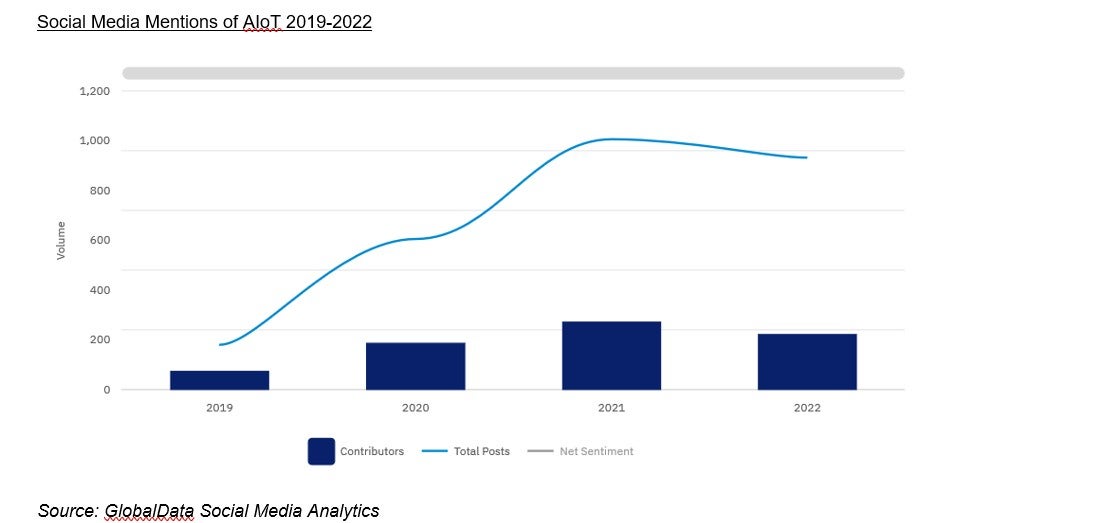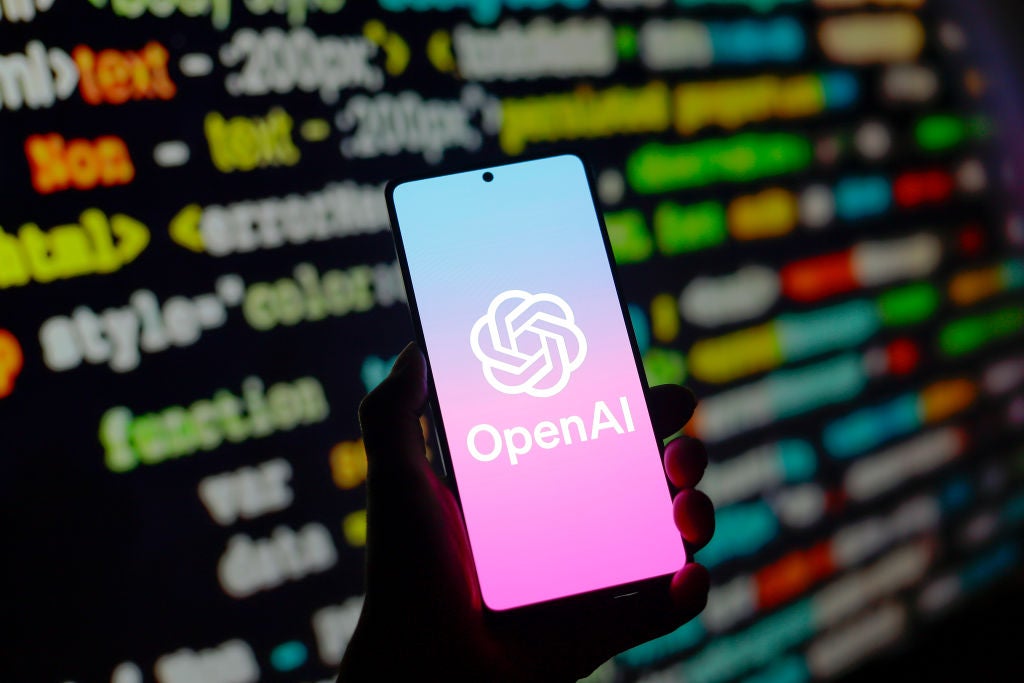As shown in the diagram above, the concept of combining AI and IoT into AIoT has been around for a few years.
More recently, some tech market players have actually begun using the phraseology ‘AIoT’ to create a buzz.
A good technology buzzword helps communicate instantly to tech and non-tech audiences what the innovation is all about, or at least provides a sizable hint. Separately, both ‘artificial intelligence’ and ‘Internet of Things’ have been pretty good at this, but the mashup term AIoT (or ‘artificial intelligence of things’) is awkward, not self-explanatory, and ultimately, unhelpful.
That said, several analysts, developers, vendors, and solution providers are actively using AIoT to describe how they are attempting to demonstrate the increasing role of IoT in automation as well as to suggest a more dynamic, broad-based future for AI.
After KPMG published its study in 2018 on the future of AI, which envisioned a “community of things” each with their own interacting AI, the term AIoT started appearing in social media posts in 2019, with the number of Twitter and Reddit posts increasing rapidly in 2020 and 2021 before levelling off in 2022 (perhaps overshadowed by the emergence of the new buzzword ‘generative AI’).
The trend is also visible in other data, such as patent filings and job postings, but actual AIoT market activity – in terms of products and services – is dwarfed by the larger categories from which it has sprung.
How well do you really know your competitors?
Access the most comprehensive Company Profiles on the market, powered by GlobalData. Save hours of research. Gain competitive edge.

Thank you!
Your download email will arrive shortly
Not ready to buy yet? Download a free sample
We are confident about the unique quality of our Company Profiles. However, we want you to make the most beneficial decision for your business, so we offer a free sample that you can download by submitting the below form
By GlobalDataAIoT co-opted by IoT providers
Even so, established IoT solution providers have noticed the potential for use cases that employ both AI and IoT to deliver enterprise solutions, especially where telco investments in 5G and edge computing can be leveraged. As a result, they are also increasingly throwing around ‘AIoT’ as a buzzword. Deustche Telekom included AIoT in a recent blog on IoT trends for 2023, but described nothing it wasn’t already doing in industrial IoT and instead used the blurb simply to draw attention to its existing Cloud of Things platform. Meanwhile, the company’s T-Systems subsidiary announced in 2022 that it will partner with Envision Digital (an “AIoT software provider”) for net-zero solutions, the deployment of AI and IoT, and the reduction of CO2 emissions in Germany.
Telefónica Tech has gone much further. In 2020 it renamed its IoT business – which also incorporates its AI, data analytics, and blockchain portfolio – to Telefónica AI of Things. The provider sees having a single point of contact for IoT and AI as a differentiator, enabling an end-to-end value proposition from connectivity management to vertical applications, to analytics solutions applying AI/ML and telco network insights to complement sensor-generated data (along with professional services for solution design and integration).
Customers will still require substantial solutions for standalone IoT connectivity for traditional monitoring use cases, and Telefónica’s portfolio continues to feature AI-driven solutions that are not really IoT. But the company aims to use its new branding to highlight where AI is being used to add value to connectivity services and where IoT is enabling automated processes through connectivity to cloud or edge-based AI platforms.
The marketing angle
While ‘AI of Things’ might be slightly better as a marketing term than the aggressively meaningless ‘AIoT,’ it is possible it will only fail at communicating with those who aren’t familiar with both AI and IoT already.
Telefónica Tech and others see it not just as a logical way of organizing their product development but as a way of tipping off knowledgeable existing customers how much more the portfolio can do by combining each technology area where appropriate. In 2023 and beyond, other solution providers with investments in both AI and IoT are likely to do the same.








